The Journal
What Is the Strongest Weight Loss Prescription Pill in 2026?
Wondering which prescription pill is strongest for weight loss? Compare FDA-approved options, results, safety, and what to ask your provider in this guide.
Explore by category
The
latest
What Is the Strongest Weight Loss Prescription Pill in 2026?
Wondering which prescription pill is strongest for weight loss? Compare FDA-approved options, results, safety, and what to ask your provider in this guide.
15 Celebrities Who Took Ozempic for Weight Loss (& Results!)
See which celebrities have publicly confirmed using Ozempic or other GLP-1s—plus what they’ve said about their experience and results.
Microdosing GLP-1 Reviews: Real User Results, Experiences, Side Effects & Costs
Curious whether GLP-1 microdosing works? See real user reviews on results, appetite changes, side effects, and costs—plus who benefits most from microdosed semaglutide and tirzepatide.
Microdosing GLP-1 Cost: Complete 2026 Pricing Guide
See how much GLP-1 microdosing costs in 2026, including monthly pricing ranges, what affects the price, and ways to lower costs safely.
How to Get a GLP-1 Without Insurance: Your Complete 2026 Guide
Need GLP-1 meds but don’t have insurance? Learn your options, pricing, and safe ways to access semaglutide, tirzepatide, and more in this practical 2026 guide.
Is Sermorelin Covered by Insurance? Coverage, Costs & Alternatives
Wondering if sermorelin injections are covered by insurance? Learn when it’s covered, what coverage looks like, and what to expect for out-of-pocket costs.
Zepbound vs Tirzepatide: Comparison (Key Differences & Which to Choose for Weight Loss)
Compare Zepbound and Tirzepatide for weight loss. Discover their effectiveness, cost, side effects, and how to choose the right option for your health goals.
5-Amino-1MQ vs Semaglutide: Key Differences For Weight Loss (compared)
Compare 5-amino-1MQ vs semaglutide, including how they work, metabolic effects, and who each may be suited for. Learn the core similarities and differences in...
Saxenda vs Ozempic Comparison (Which Should You Choose?)
Compare Saxenda vs Ozempic for weight loss: results, cost, side effects, and how to choose the right GLP-1 for your goals.





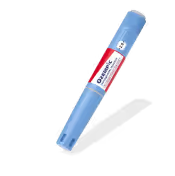

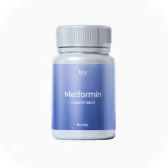

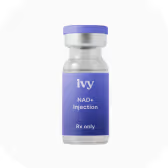
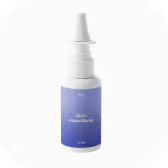

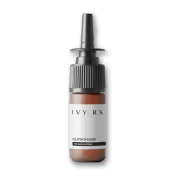
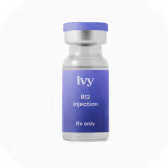
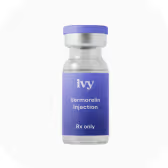

.avif)








%20(1).jpg)
%20(2).jpg)
.jpg)




